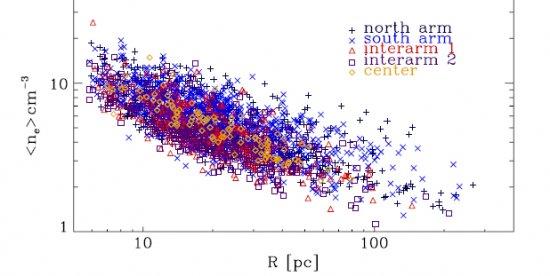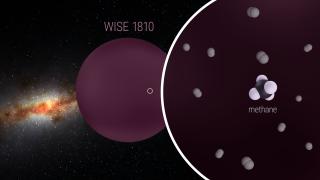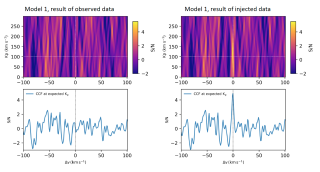Using images of the Advanced Camera for Surveys" of the Hubble SpaceTelescope we have analyzed the global physical parameters of thepopulations of HII regions in two galaxies: M51 and NGC 4449. M51 is a large spiral, in which we have measured and catalogued the Halpha luminosities, the radii, and the positions of more than 2000 of its HIIregions, while NGC 4449 is a dwarf irregular, in which we have catalogued over 200 HII regions. From these measurements we have obtained the mean electron densities, and have derived two simple but powerful relations. The electron density n_e of an HII region at a given distance from the centre of its galaxy varies as a function of the radius R of the region according to the relation n_e is proportional to 1/R1/2 and the electron density in regions with the same radius but distributed across the galaxy at different distances r from its centre vary according to the relation n_e is proportional to e^- r/r(s) where r(s) is a constant for a given galaxy, which is termed the scale length. We have found the values for the scale lengths in the two galaxies, and in both cases they correspond tl the scale lengths of the neutral hydrogen in the discs, indicating that the HII regions are in pressure equilibrium. These relations are new, and set interesting constraints on our models of the interaction of the hot stars which ionize the HII regions with their surrounding gas.
Caption figure 1: Electron density v. radius de of an HII region, in logarithmic units, for the HII regions in the spiral galaxy M51, showing the relation between these two parameters ( i.e. the electron density varies as the inverse square root of the ra
Advertised on
References
(2010) The Galaxy-wide Distributions of Mean Electron Density in the H II Regions of M51 and NGC 4449. The Astrophysical Journal Letters, Volume 708, Issue 2, pp. L107-L111



